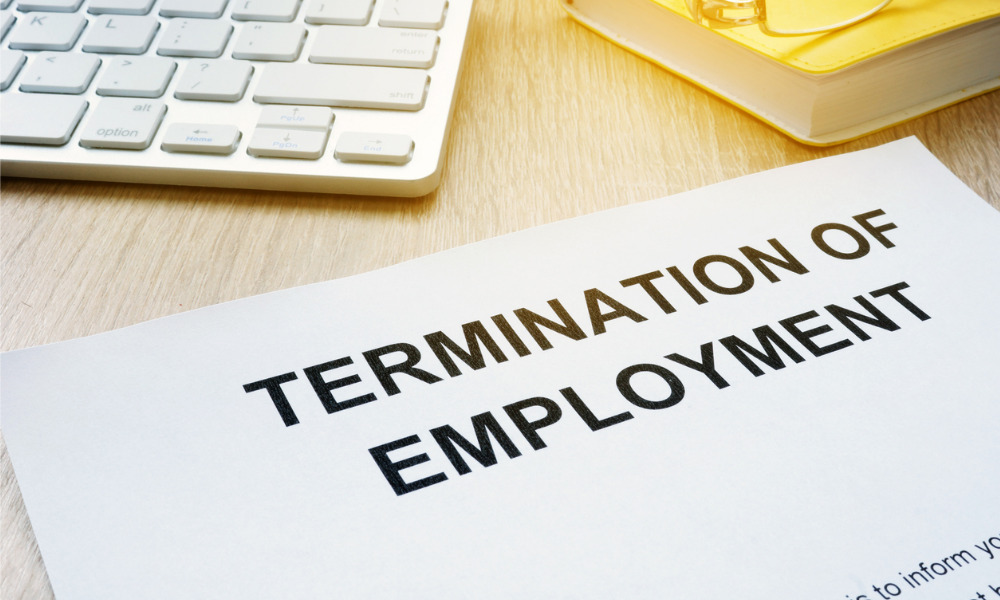
This case sheds light on an important end-of-employment issue

In a recent case, the Fair Work Commission clarified the date of an employee’s dismissal to ascertain whether the employee lodged his unfair dismissal application within the required 21-day time frame. The decision provides an important reminder for employers to adequately communicate an employee’s dismissal to them.
The employee worked as a parcel sorter, commencing his employment in February 2018. On 21 July 2021, the employee attended a meeting to respond to allegations of misconduct made against him. Towards the end of the meeting, one company representative asserted that the worker became “incensed in a fit of rage, swearing loudly with abusive language and threats” and slammed and damaged the boardroom table.
Following the meeting, the company decided not to allow the employee to return to work. The next morning, on 22 July, the company advised the employee of his summary dismissal via an email sent to his personal email address. However, the employee asserted that he did not see the email, as the company sent it to an old address that he no longer used.
The employee submitted that he was not made aware of his dismissal until he received a termination letter via registered mail on 27 July. He subsequently lodged an unfair dismissal application on 13 August. However, the employer asserted that he was dismissed on 22 July, not 27 July, and therefore contended that his application was filed outside of the required 21-day time frame.
To determine whether the employee lodged his application within the required time frame, the Commission considered whether he was dismissed on 22 July, when the employer sent the termination email, or 27 July, when the worker received the termination letter.
The Commission noted that the employer sent the termination email to an address on the employee’s file. However, it also accepted his evidence that he did not see the termination email.
The Commission commented that “dismissal does not take effect until it is communicated to the employee who is being dismissed”. It also noted that the email dismissal did not provide Petkovski with a reasonable chance to respond. With this, the Commission determined that Petkovski was dismissed on 27 July. It also found that the employee lodged his unfair dismissal application within the required time frame.